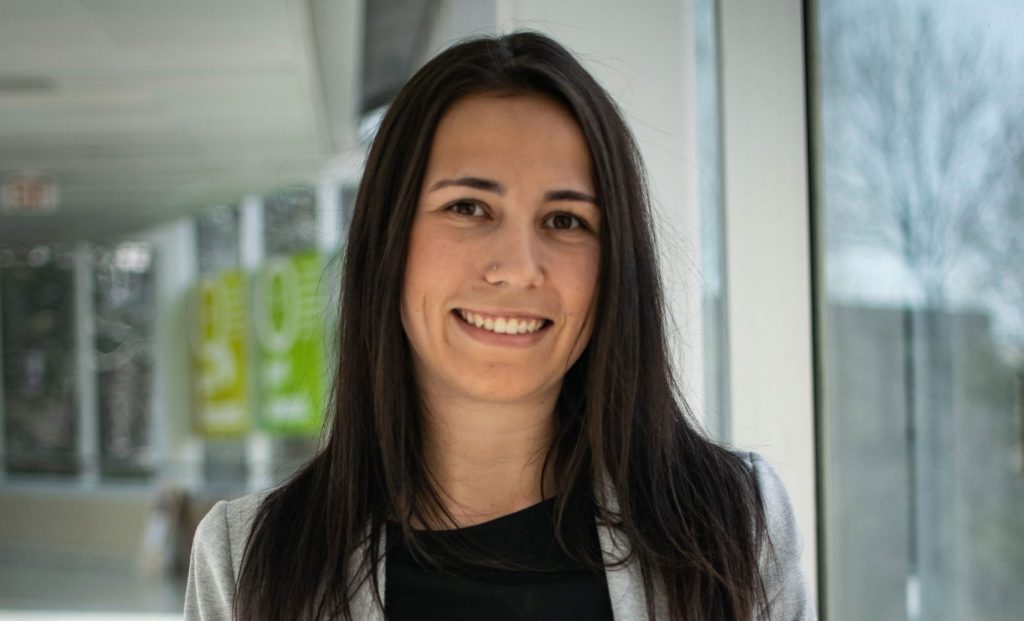Better geoscience communication can solve the mining industry’s image problem


Society perceives mining as an industry aimed at pillaging the Earth for its resources with no regard for the environment and the people it impacts. However, most Earth scientists, especially young professionals, entered this industry because of their passion for the Earth.
By no means is our industry perfect, but over the past few decades, we have seen many positive advancements in our industry. Stronger environmental regulations, increased stakeholder engagement, adoption of environmentally friendly mining practices, and an awareness of the importance of critical and green energy minerals to Canada’s clean future demonstrate our desire to evolve.
Unfortunately, positive cases like these are not shown in mainstream news. Instead, conflict-oriented incidents are featured and impose a strongly negative view of mining. With that said, what is the solution? How can we showcase the positives our industry has to offer? The answer is simple: geoscience communication.
Rooted in science communication, geoscience communication informs, educates, and raises awareness of geoscience among non-experts. Outreach, public engagement, K-12 educational resources, professional development workshops, geotourism/geo heritage, policy engagement, and knowledge translation are common approaches to communicating geoscience. I propose several options for engagement with public audiences to address our image problem.

The first opportunity for educating citizens on geoscience topics originates in the K-12 education system. Young students entering universities are eco-friendly but perceive the mining industry as harmful to the environment. This stance is likely due to media coverage, misinformation, and the absence of Earth sciences in their science curricula. As a result, we are losing out on a cohort of young green scientists who don’t consider mining a worthwhile career. However, if educators receive proper training and are provided tactile, societally relevant, and curriculum-tied educational resources, they can inspire young scientists to join our industry. Instead of explaining our industry’s importance when defending ourselves in media when a dispute arises, why don’t we look upstream and tackle our image problem at the source? That would ensure the public receives a holistic understanding of our country’s current issues and how our industry can overcome these problems. We can gain public support by improving our engagement and using targeted communication.
Comments